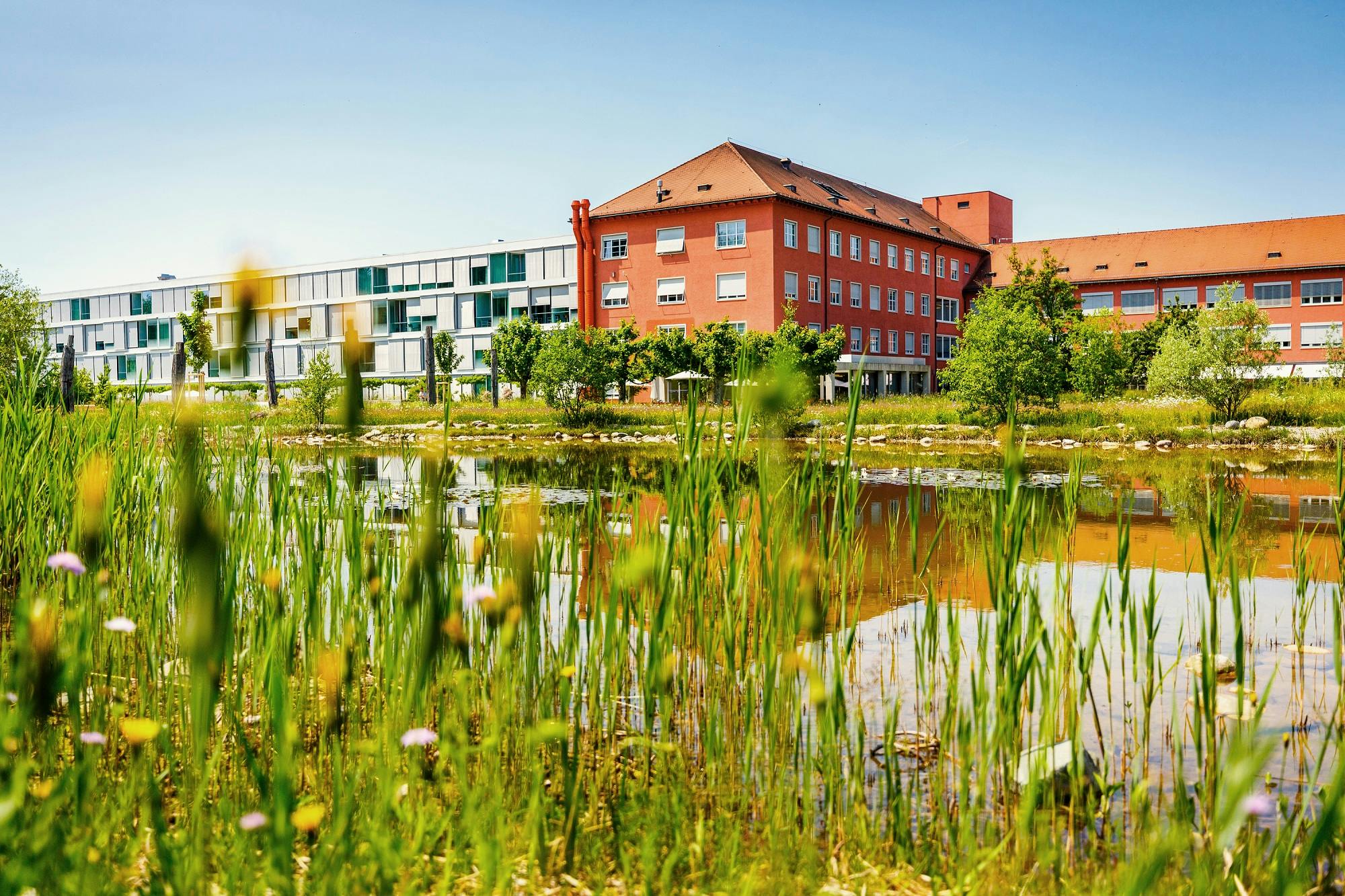Removal of white skin cancer
Dr. med. Sora Linder
May 30, 2023
4 min
"40 to 50 per cent of all people develop at least one white skin cancer by the age of 65." Dr Sora Linder answers the three most frequently asked questions about white skin cancer.
Dr Sora Linder, what is white skin cancer?
Skin cancer is the most common form of cancer, whereby a distinction must be made between black and white skin cancer. Black skin cancer, or melanoma, is less common but is a dangerous skin cancer because it can metastasise. More than half of all cancers are a form of white skin cancer. 40 to 50 per cent of all people will develop at least one white skin cancer by the age of 65. However, if diagnosed and treated early, the chances of recovery are very good. Experts estimate that around 20,000 to 25,000 people in Switzerland are diagnosed with white skin cancer every year.
In the case of basal cell carcinoma, the most common type of white skin cancer, the average age of those affected is 60. Men are affected slightly more frequently than women. Basal cell carcinoma destroys the tissue where it grows, but does not metastasise in the body and is often found in sun-exposed areas. Around 93 per cent occur on the head and neck and around seven per cent on the trunk and extremities.
Spinalioma usually occurs from the age of 55, with men being affected twice as often as women. Metastasis to the lymph nodes is rare, but possible.
Risk factors are
- UV radiation exposure accumulated over the course of a lifetime
- Chronic inflammation of the skin
- a weakened immune system, for example due to weakening of the immune system with medication
- organ transplants
- chemical noxae such as carcinogenic substances like tar or arsenic
How can white skin cancer be recognised?
- Basal cell carcinomas often appear as small pink-coloured nodules with small veins. They are pigmented or ulcerated.
- Spinaliomas often show raised edges, slight reddening and a scaly surface. In some cases they have an incrustation.
If a skin change is new, painful or wet, does not heal or bleeds, it should be shown to a dermatologist.
When is removal by a plastic surgeon carried out?
If the skin cancer is located on the face, neck or décolleté and surgical removal is recommended, this will be performed by a plastic surgeon.
There are various functionally demanding localisations on the face, such as around the eyes, on the nose or on the mouth. After the removal of a skin alteration from such a localisation, the direct closure would not provide an aesthetically pleasing result and/or would impair function.
As a rule, outpatient treatment under local anaesthetic is possible. After removal of the skin alteration and histological clarification, the focus is on aesthetic and functional restoration of the affected region. The scars should blend in with the natural facial expression, be as short as possible and as invisible as possible, and the normal function of the eyelids, nostrils and lip must be restored.
Thanks to our extensive experience in this field, we can provide patients with detailed and comprehensive advice on this topic in our specialised consultation hours.
Your contact person
If you have any questions or concerns, you can contact us by telephone on +41 44 397 38 60 or by email at plast.chir@spitalzollikerberg.ch.
Dr. med. Sora Linder
Head Physician, Plastic Surgery, BreastCentre Zurich, Bethanien & Zollikerberg
Spital Zollikerberg
Plastische Chirurgie
Trichtenhauserstrasse 20
8125 Zollikerberg
0/0
Weitere Beiträge
Counsellor
Hormone fluctuations in winter: What's really behind them?
Many women experience changes in their physical and mental well-being in winter. They feel tired more often, less resilient or more emotionally sensitive. Cycle changes or more intense premenstrual symptoms are also noticed more often during this time. In addition to external factors such as the cold, less exercise or a change in lifestyle, hormonal processes can also play a role.
Counsellor
Spinal surgery: everything you need to know
At Zollikerberg Hospital, the highest precision applies to one of the most central and at the same time most demanding areas of the body - the spine. Spinal surgery here means not only modern, minimally invasive technology, but above all sound expertise, experience and careful, holistic care. This is what Dr Filippo Mandelli, Head of the Spinal Surgery Clinic, and his team stand for. They treat conditions such as herniated discs, spinal canal stenosis, spondylolisthesis, spinal deformities and degenerative changes competently and sensitively and accompany patients on their way to greater stability and quality of life. In this interview, you can find out what is particularly important in these complex interventions - and what modern spinal medicine can achieve today.
Counsellor
Eyelid lift (blepharoplasty) for drooping eyelids - a brief overview
The eyes are the mirror of our soul - and yet drooping eyelids, bags under the eyes or sagging skin on the eyelid can leave a tired and older impression. If you would like to regain an alert, fresh look, an eyelid lift (blepharoplasty) at Zurich Plastic Surgery can help. In this blog post, Prof Dr Hisham Fansa, Head of Plastic Surgery Zurich, explains why many people decide to have their drooping eyelids corrected and what is important during this procedure.


